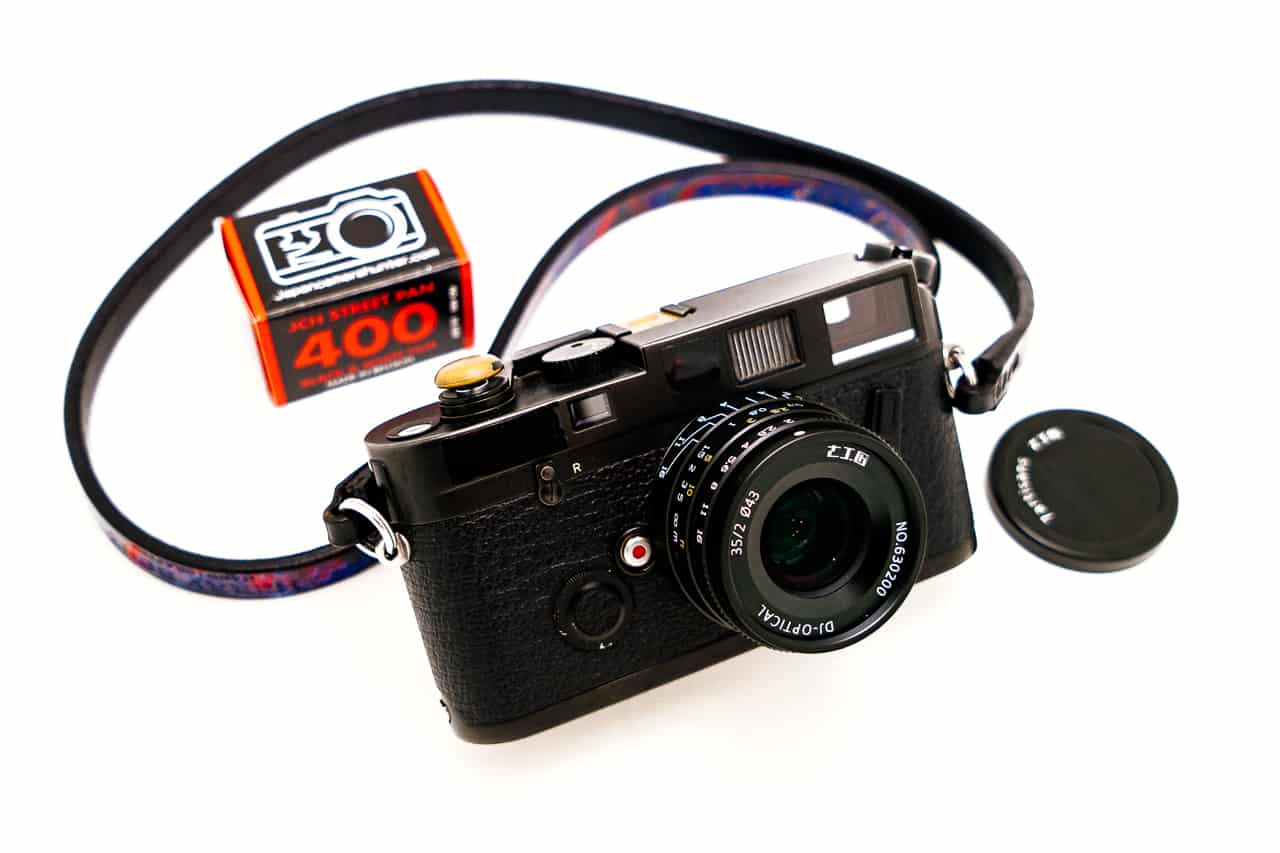

The M7 returned Leica to the use of brass, but certain parts of it really make me question what the hell Leica were thinking! That dial on the back – as I go on about in my M7 review – is an abomination that does nothing for the sense of overall quality. The early ones even had plastic internal parts. The M6 is an oddity in my mind, as despite having an seemingly untouchable status among many Leica shooters was even more cheaply constructed with zinc parts replacing brass parts of before. The M4-P retained pretty much the same status. The resulting M4-2, though a great camera in its own right, was built more cheaply, and is rightly or wrongly regarded as the “cheap” Leica. The M5 was an attempt to do something special, but it fell on deaf ears, then when it damaged Leica so much, they had to resort to further cost saving measures. The M4 was where plastic parts were introduced. I mentioned this opinion in my Leica M3 review, but I will just reiterate for the sake of clarity. Outside of special editions every single Leica M body since the M3 has seen either cost saving or the use of parts that don’t, in my humble opinion, quite match the quality of the rest of the camera. In many ways, I think a comparison to an M3 is one of the safest comparisons that can be made.

I just hope – in my relatively limited experience – I can do these comparisons justice. Holding it up against the best and worst iterations of this 61 year old design is the best way to see it for what it is. Since it’s almost entirely constructed of designs and features from previous cameras, it seems to me that to best understand the M-A is to compare it to these older siblings. So there is little point in the Leica M-A then? Well actually I think there is a little more to the Leica M-A than might initially meet the eye, both in terms of what it is as a functional object and what it represents as a product. It is essentially a combination of previous designs and refinements put together to create another new iteration of a concept that to a great extent has been proven time and time again. On face value, there is actually very little about the M-A to get excited about it brings nothing particularly new to the table. I realise how spoiled that makes me sound, but actually being spoiled is exactly the problem. You see, I already own/have owned a Leica M3, M4-2, M4-P, M6 and Leica M7. In hindsight I realise that it’s the comparisons I made in that bustling exhibition to my M3 and M7 that entirely qualify that sense of being underwhelmed. That isn’t to say that I thought it was in some way poor, just there wasn’t anything about it that knocked my socks off. Upon picking it up, all of a sudden I completely understood this persons comment. I’d even taken along my recently serviced M3 and M7 to compare it to. But whilst I was there I wanted to have a quick go with an M-A. I found said person and after a quick chat it was decided I could borrow the review copy just as soon as it was available. My main mission for the day was to find the person at the Leica stand who was in a position to make the decision to loan me a Leica M-A for me to fondle review. I saw the Leica M-A for the first time at the Photography Show at the NEC in late March.

I read on a forum somewhere a comment relating to an individual’s initial response to the Leica M-A as being – in their words – “underwhelming”.


 0 kommentar(er)
0 kommentar(er)
